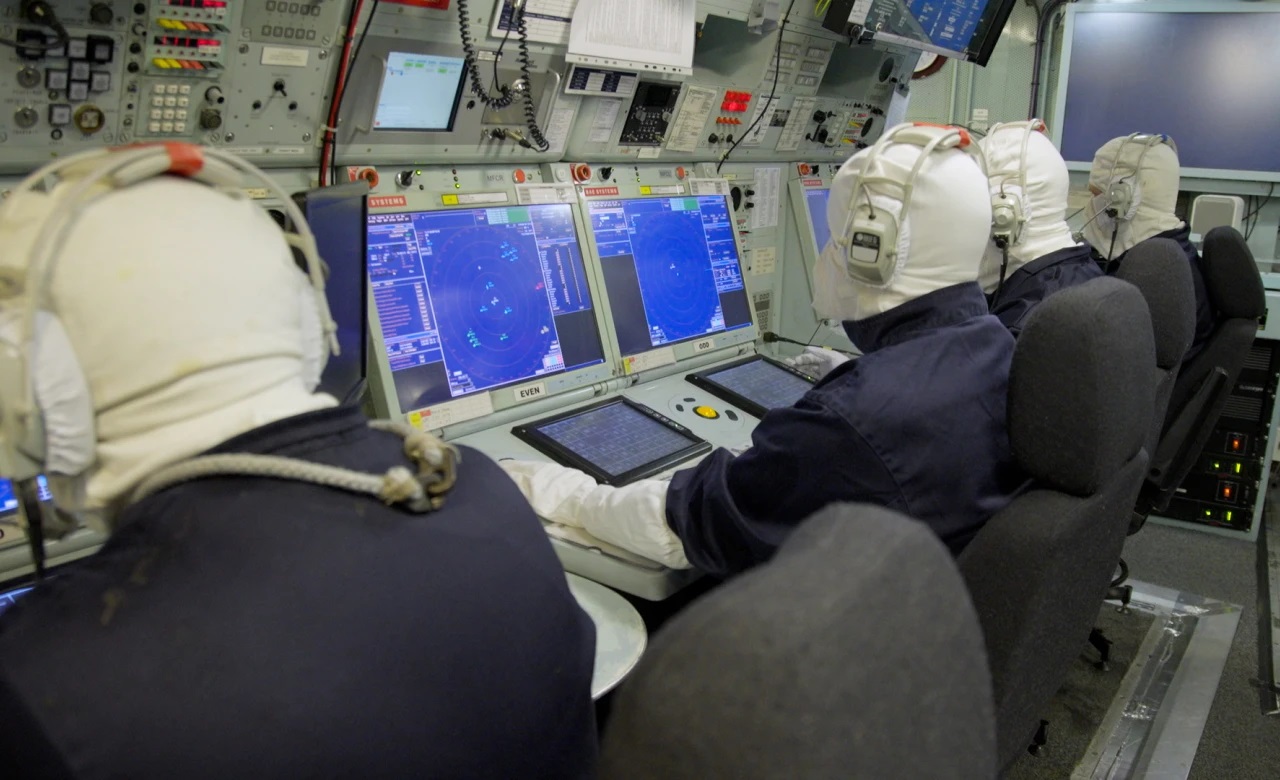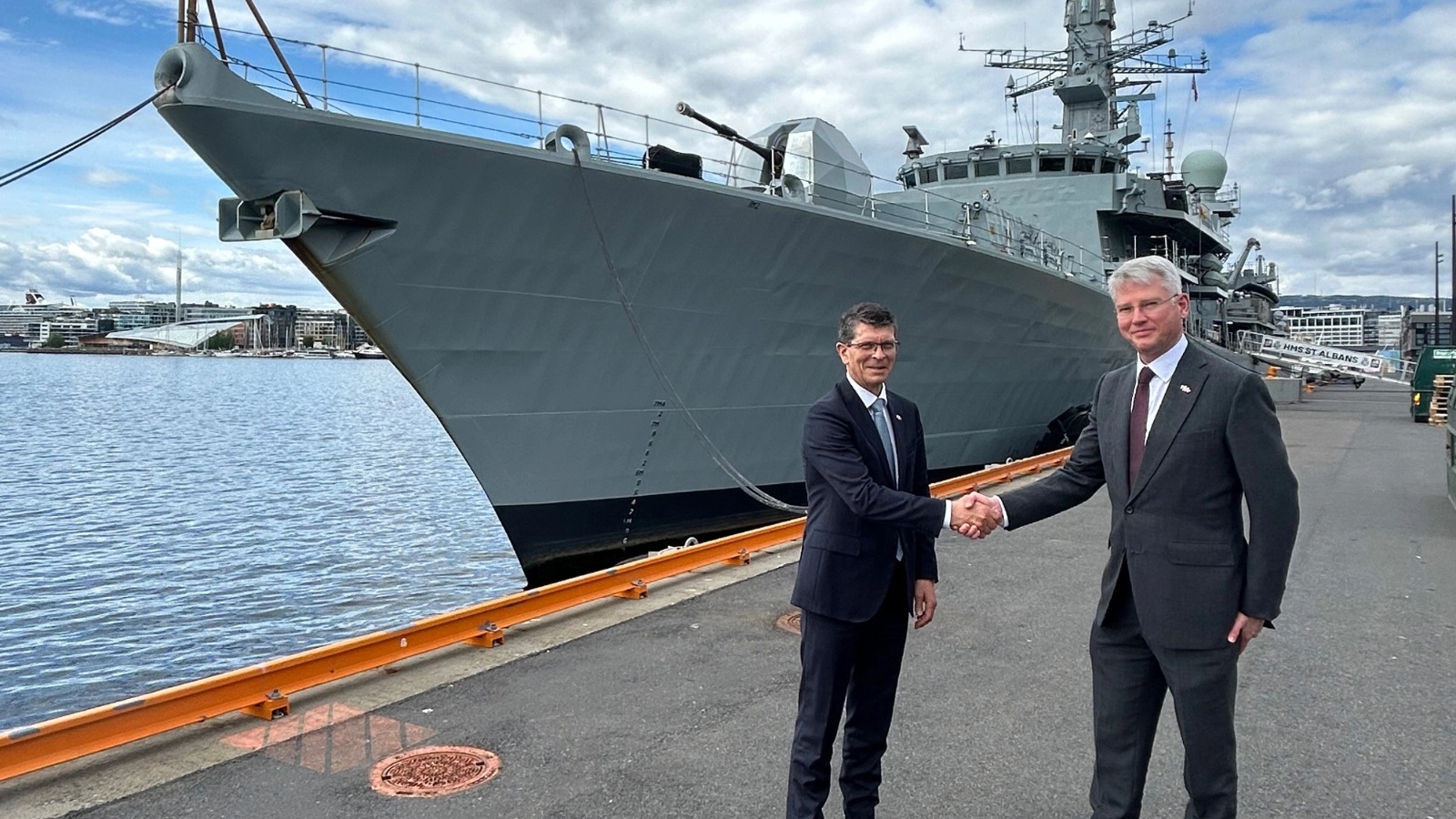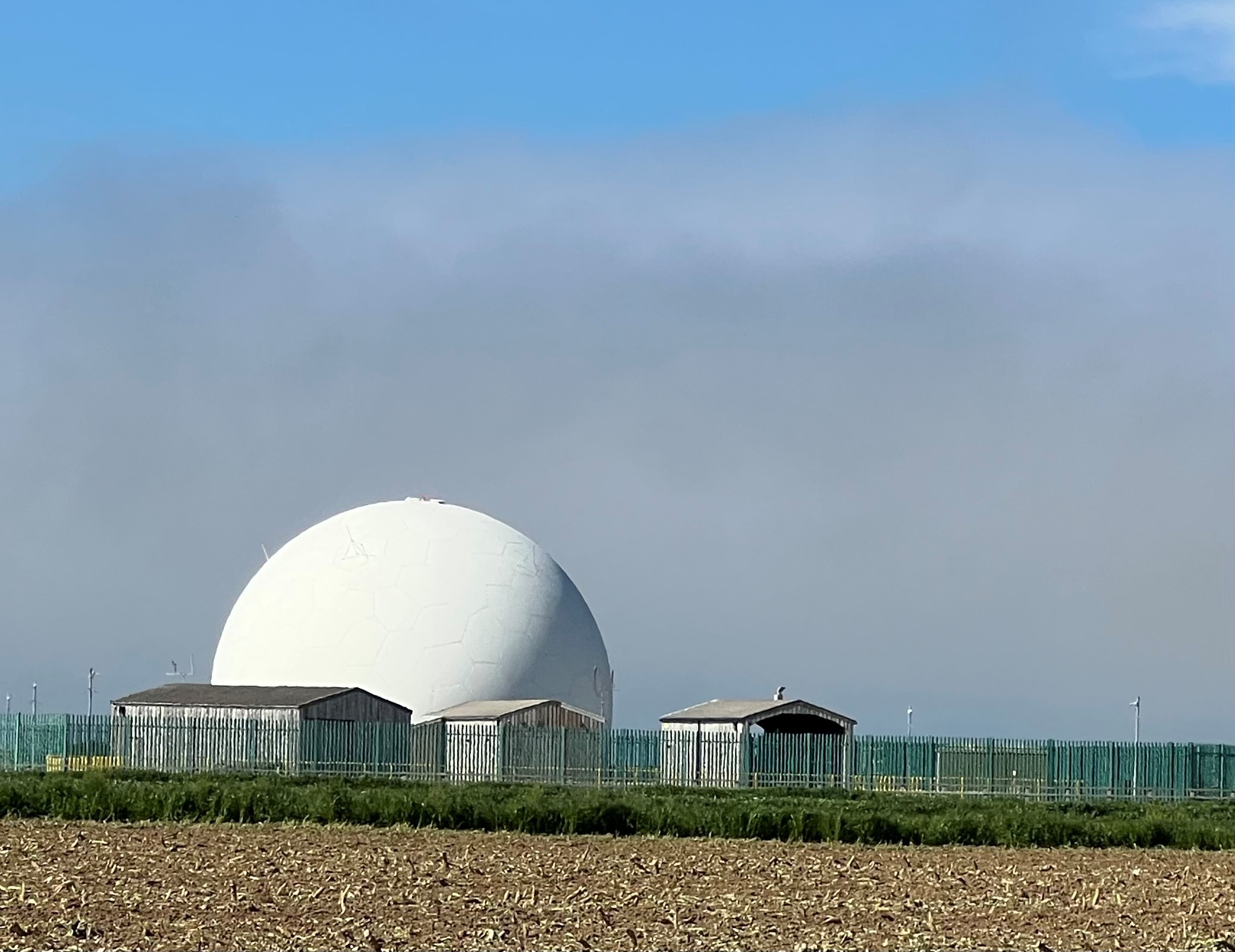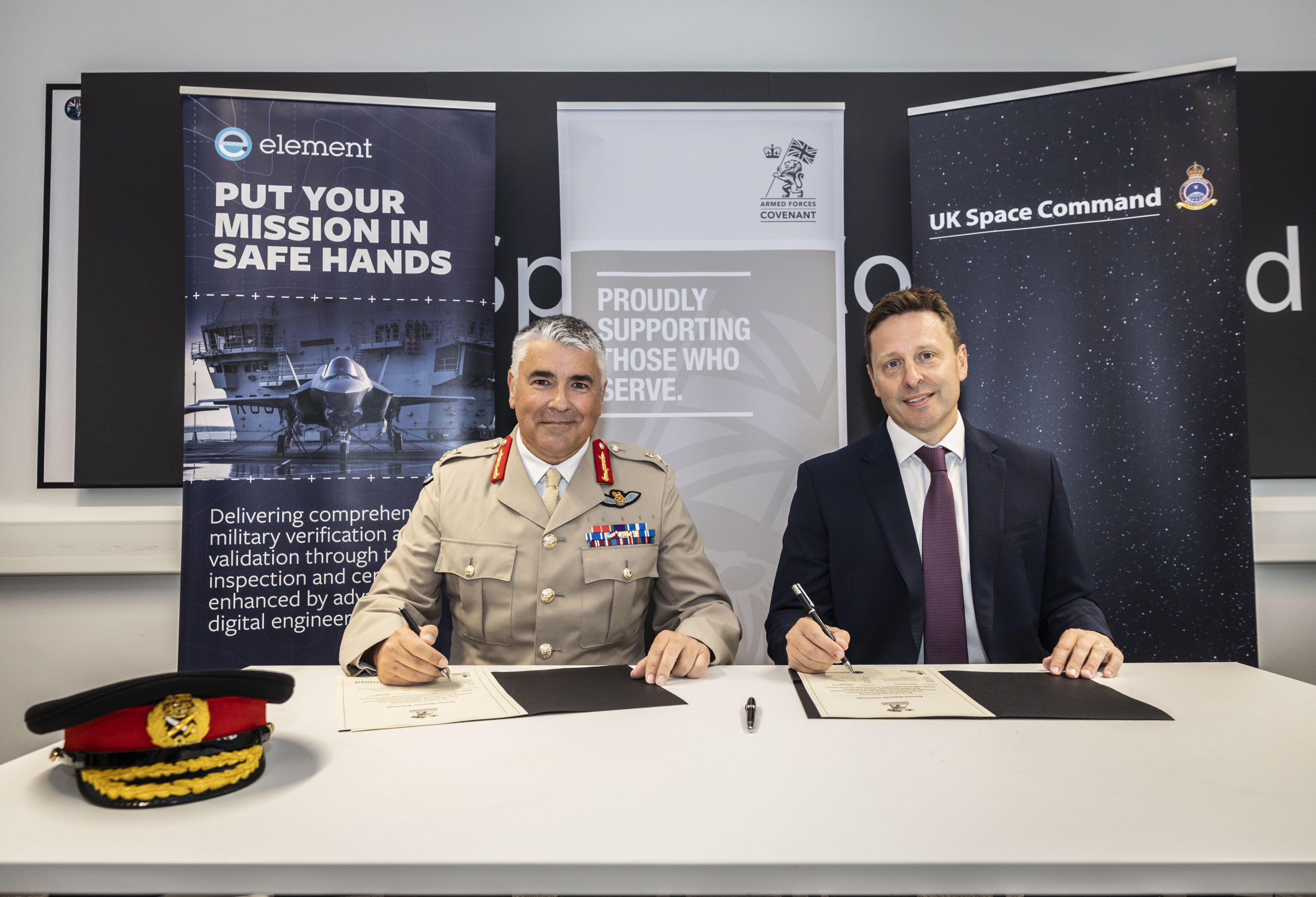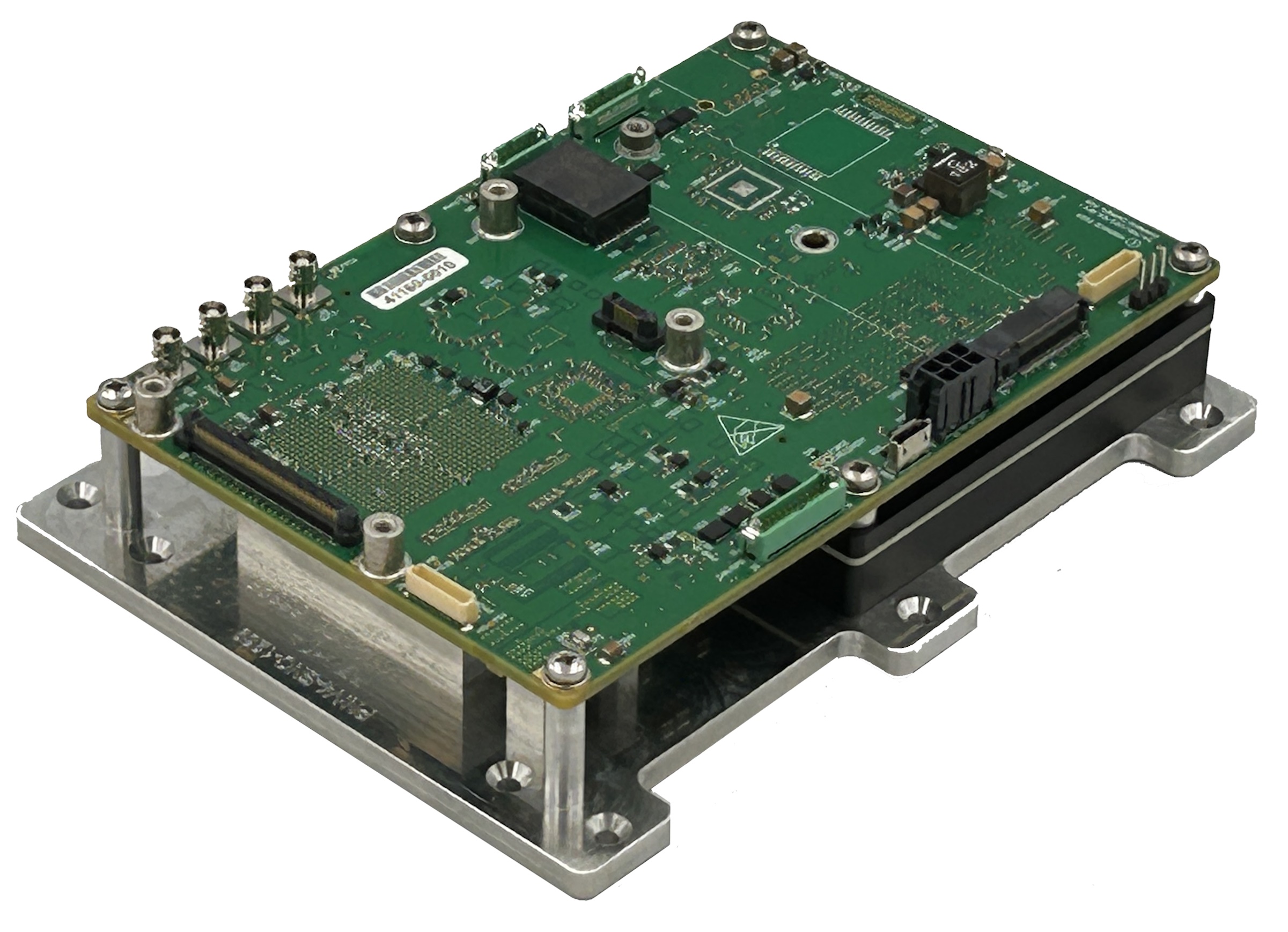Thales delivers RRTT sonar suite to HM Naval Base Clyde

Above:
The RRTT within Flag Officer Sea Training (North) at HM Naval Base Clyde.
Courtesy Royal Navy
On January 25 the facility – dubbed 'Venturer' - was officially opened by Rear Admiral John Clink, Flag Officer Sea Training.
The new facility will bring highly-realistic sonar training for submariners which operate Thales’ Sonar 2076 system.
The opening also builds on the success of a similar facility opened at HMS Raleigh in 2015.
These two facilities give submariners an operational edge over their adversaries as it allows sonar operators to train on the exact sonar system they will be working on in their individual submarines.
RRTT will bring together Royal Navy tactical expertise, delivered by Royal Navy instructors, with industry expert Thales’ delivery of the state of the art system operational knowledge.
Sean Perry-Evans, Director Services Development UK for Thales, said: “I am delighted to see this world-class facility opening today at Faslane.
“It brings a flexible and highly innovative approach to sonar training that brings real operational benefits to the Royal Navy.”
Sonar, or Sound Navigation and Ranging, is the eyes – or rather ears – of the submerged submarine.
There are two types – active and passive – and Royal Navy submarines have the ability to exploit both when on patrol.
Active sonar uses a sound transmitter and receiver to create the classic submarine 'pings' – a pulse of sound which travels through the water and echoes back to be detected and interpreted to help build a picture of objects in the water.
The downside for submarines is that the ping can be detected by other vessels, so the main tool in the arsenal is usually passive sonar where operators do not transmit, but rather listen for the sound in order to detect a ship or other submarine and determine trajectory.
Sonar Operator Able Seaman Griffith explained the role: “While the boat is submerged at sea I work as part of the larger command team to ensure that the vessel remains safe.
“We use the advanced sonar equipment to detect, classify and track contacts ranging from inshore fishing vessels and merchant ships to warships and other submarines.
“No matter what part of the world our submarine is operating in, the sound room is always a hive of activity.
“At times it can be intense, as your screen quickly fills up with contacts - quite often you find yourself on the edge of your seat tracking a warship.
“The job is really rewarding though. I know that my contribution is vital to the submarine’s tactical advantage as well as keeping my shipmates safe.”
He continued: “In order to carry out my role, I am constantly training to achieve excellence at sea.
“During phase 2 training I began to understand what it means to be a sonar operator and gained the key skills and confidence.
“We use the same sophisticated sonar equipment which we would use on board the submarine.
“The equipment mimics being at sea in multiple different operational environments and this enables us to practice for all possible outcomes and scenarios.”
Phil Jones, head of Thales’ maritime business in the UK, said: “2076 has been the key sonar on Royal Navy submarines for many years and we have invested heavily in its technological development to ensure it remains the most powerful and effective system at the cutting edge of submarine operations.
“So it is only fitting that we have worked immensely hard with our Royal Navy partner to deliver such innovative and flexible training to train UK sonar operators in such a realistic environment.
“Together, we’ve delivered a system that is reconfigurable for a variety of scenarios, ensuring the operators train on the right software configuration to support their future missions.”





